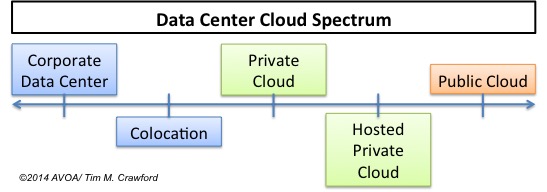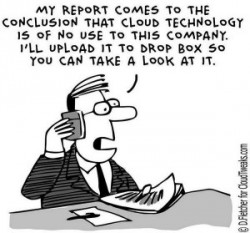The new normal – Cloud & developer enablement.
 According to AWS CTO Werner Vogels “Cloud is now the new normal.”
According to AWS CTO Werner Vogels “Cloud is now the new normal.”
Where the first day keynote at AWS’s ReInvent 2015 conference was all about enabling companies to migrate their current services to the cloud, the second day keynote by Vogels was all about the ‘new normal’ – developer enablement.
With new services like AWS Snowball , AWS Database Migration Service and AWS Schema Conversion Tool , AWS tries to smoothen the migration path from old on-premise infrastructure & application deployments, to using AWS’s Infrastructure As A Service offering (EC2, RDS, VPC, S3, ..).
While these new services help companies to move to a consumption model for compute, storage and networking, it is still very infrastructure focused. Design decisions around (virtual)network layout, load balancers and the build & management of the operating systems (Windows/Linux) are still the customer’s responsibility.
Needing to still deal with all these elements, holds developers back from moving fast as they go from idea to the launch of a new service. It slows the creation of real value to the company down.
In the real ‘new normal’ world, the developer is enabled to deploy a new service by building & releasing something fast, without needing to worry about the infrastructure behind it. By stitching external managed capabilities/services together in a smart way the developer can move even faster.
Where in the past a developer would try to speed releases up by code-reuse with, for example, software libraries, the availability of developer ready services like a fully managed message queuing service (AWS SQS) or a push messaging service (AWS SNS) have enabled developers to move even faster without worrying about the manageability of the solution.




 It’s the weekend before the holiday season and just like last year I find my self at an US airport making my way home… just in time for Christmas.
It’s the weekend before the holiday season and just like last year I find my self at an US airport making my way home… just in time for Christmas.
